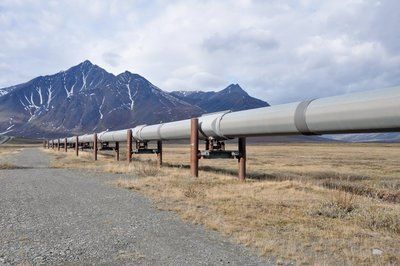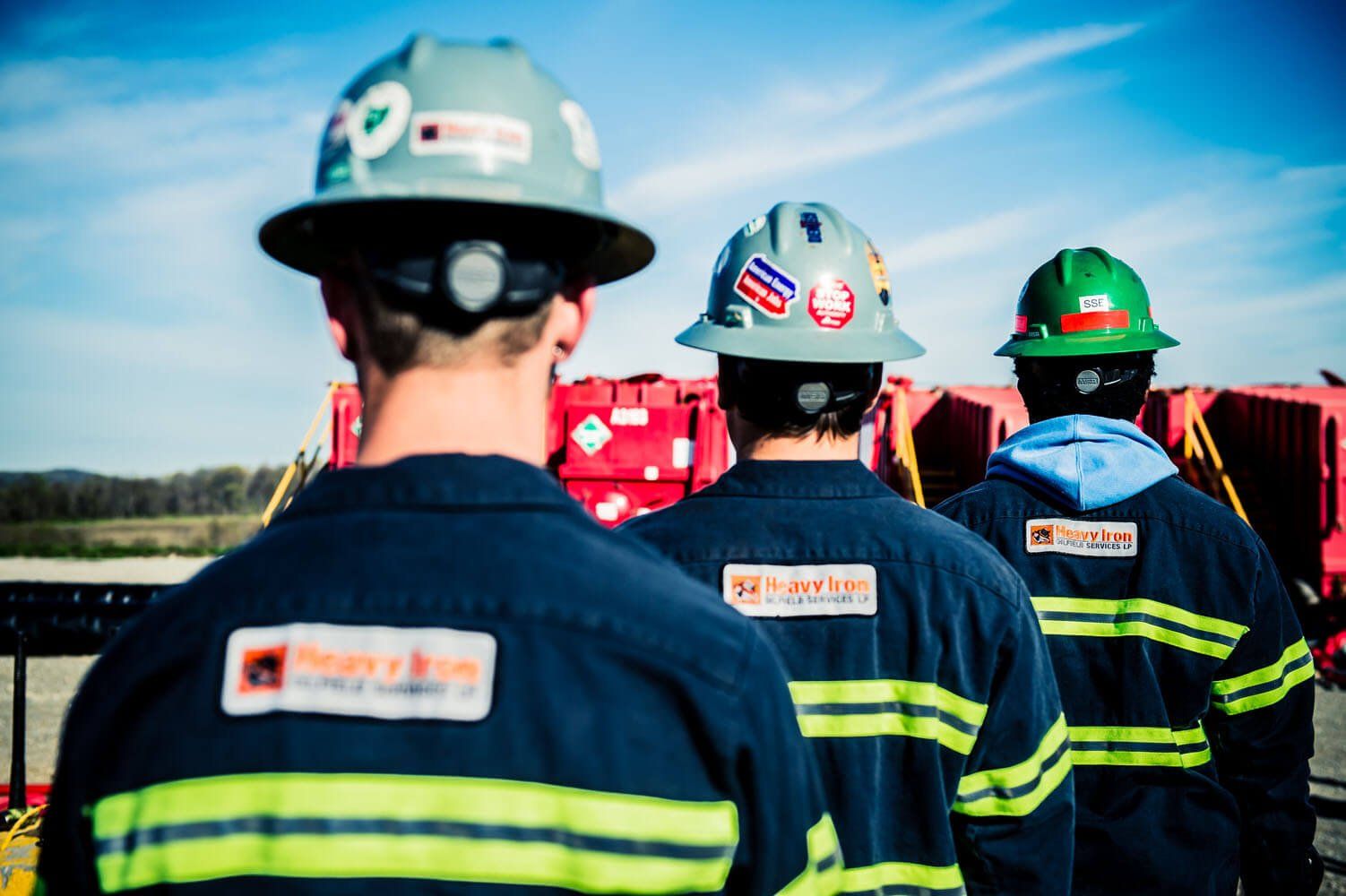HEAVY IRON NEWS
Can Enhanced Oil Recovery Reduce Carbon Emissions?
- By Design Team
- •
- 28 Jul, 2015
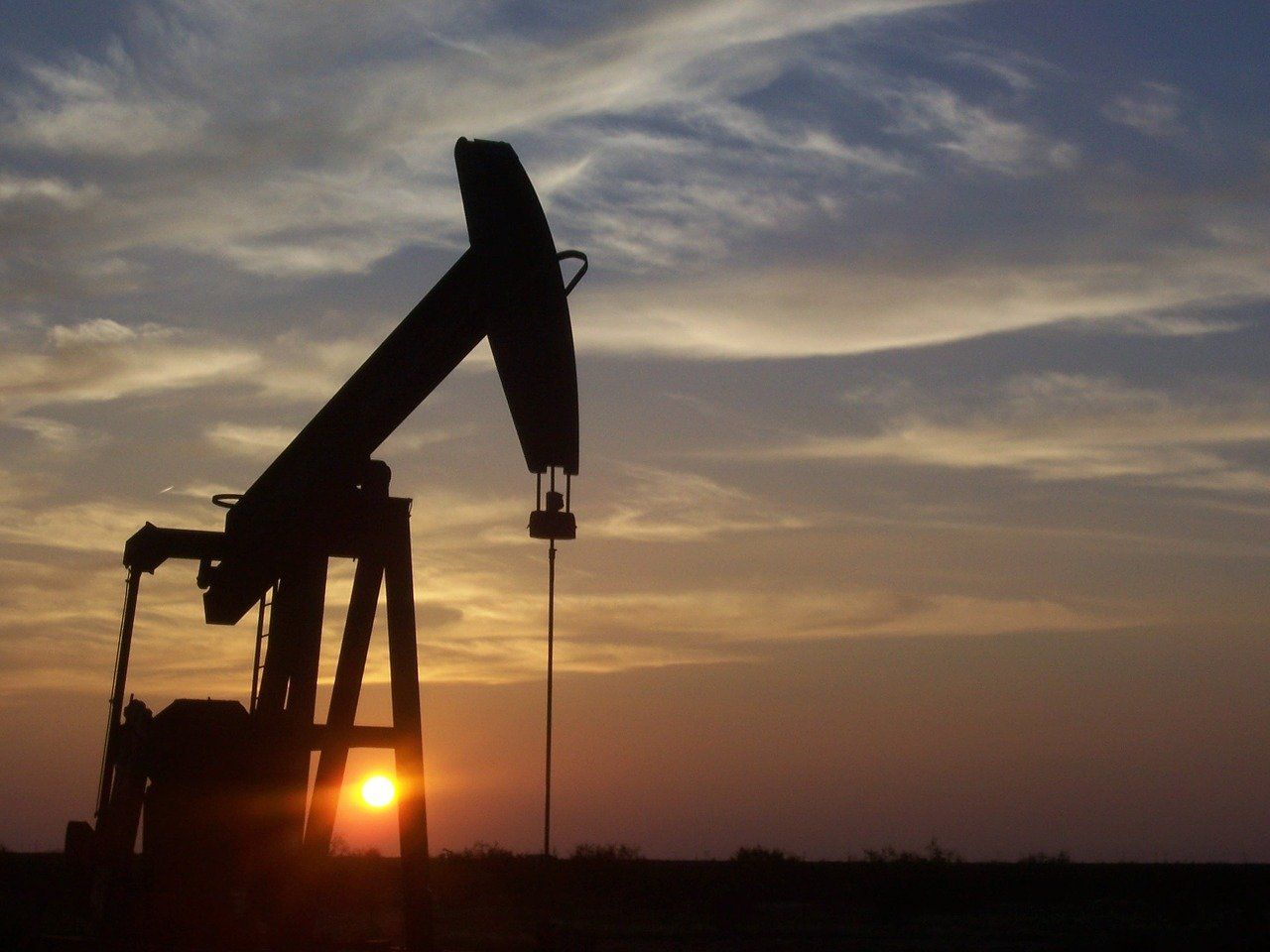
THE ROLE OF OIL RECOVERY AND CARBON EMISSIONS
Carbon dioxide enhanced oil recovery is a process by which carbon dioxide emissions are captured from power plants. Once captured, they are then transported to oil fields. The captured carbon dioxide is injected within oil wells and used to reclaim oil that would otherwise have been difficult to pump. This process works because the carbon dioxide reacts with the oil, making it thinner and easier to work with.
The process of carbon dioxide enhanced oil recovery is only used in wells that have already been mostly depleted, to acquire the additional remnants of oils that would have otherwise remained behind following traditional oil extraction procedures. This stage is called tertiary production. This provides an additional side benefit: it increases the amount of current oil reserves by making it possible to acquire more oil from each oil source.
ADVANTAGES OF CARBON DIOXIDE ENHANCED OIL RECOVERY
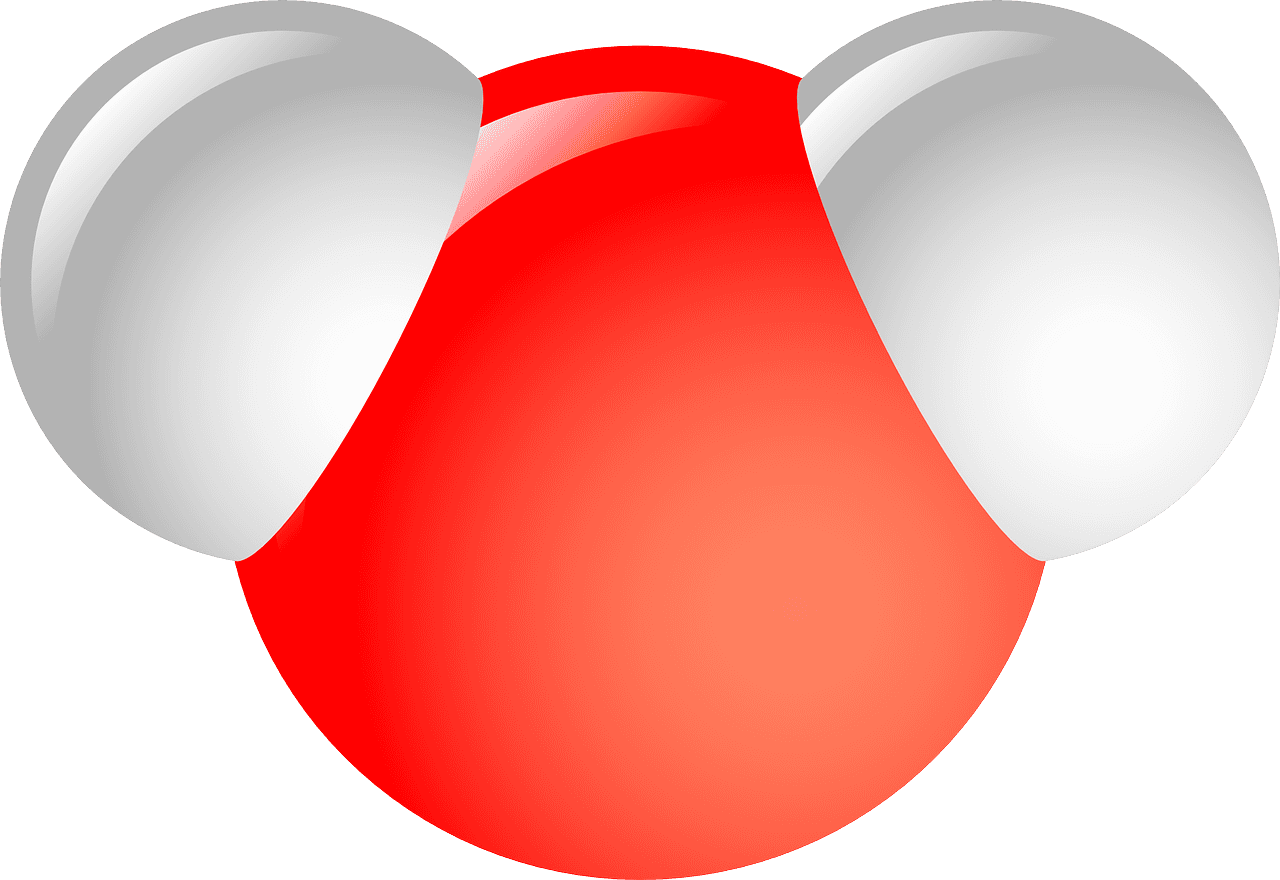
Apart from carbon dioxide enhanced oil recovery, which is a gas injection procedure, there are two other types of tertiary production: thermal recovery and chemical injection. Thermal recovery requires the introduction of heat, which is used to make the oil flow more evenly and with a lower viscosity. It is the most often used procedure. Chemical injection is very rarely used because it can be unpredictable, it's expensive and it could potentially be damaging to the environment.
Compared to other methods, gas injection is used more often because it is affordable and safe. Carbon dioxide injection is not new, but the part of the process that is new is the usage of "waste" carbon dioxide captured from power plants, which creates a system of chemical injection that utilizes already existing carbon dioxide and does not introduce additional carbon dioxide into the atmosphere. As the gas and oil industry has often been queried about carbon dioxide emissions, this could be a significant step in making the entire process more environmentally friendly.
Carbon dioxide enhanced oil recovery is poised to significantly reduce the amount of CO2 emissions produced by power plants and the oil and gas industry. There are no downsides to this process, as it simply involves trucking extant carbon dioxide emissions into already nearly depleted oil reserves and using these emissions to make it easier to recover the rest of the available oil. If carbon dioxide enhanced oil recovery becomes used throughout the industry, it could easily reduce many tons of carbon dioxide emissions from entering the atmosphere on an annual basis.
Subscribe to Email Updates
Recent Post
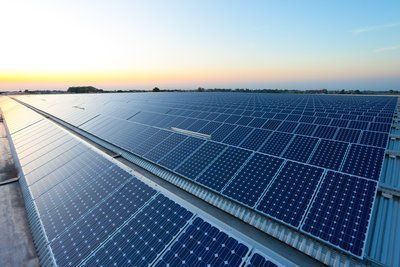
| A new project in development in Oman may be able to revolutionize the way that people think about solar energy and oil and gas. The Miraah project currently being developed will use solar power in order to produce oil, thereby reducing the amount of natural gas Oman residences will need to rely upon. Ideally, the Miraah project will be able to address many of the outstanding issues with solar technology related to energy capture, while creating a more efficient and effective method of oil production. |
